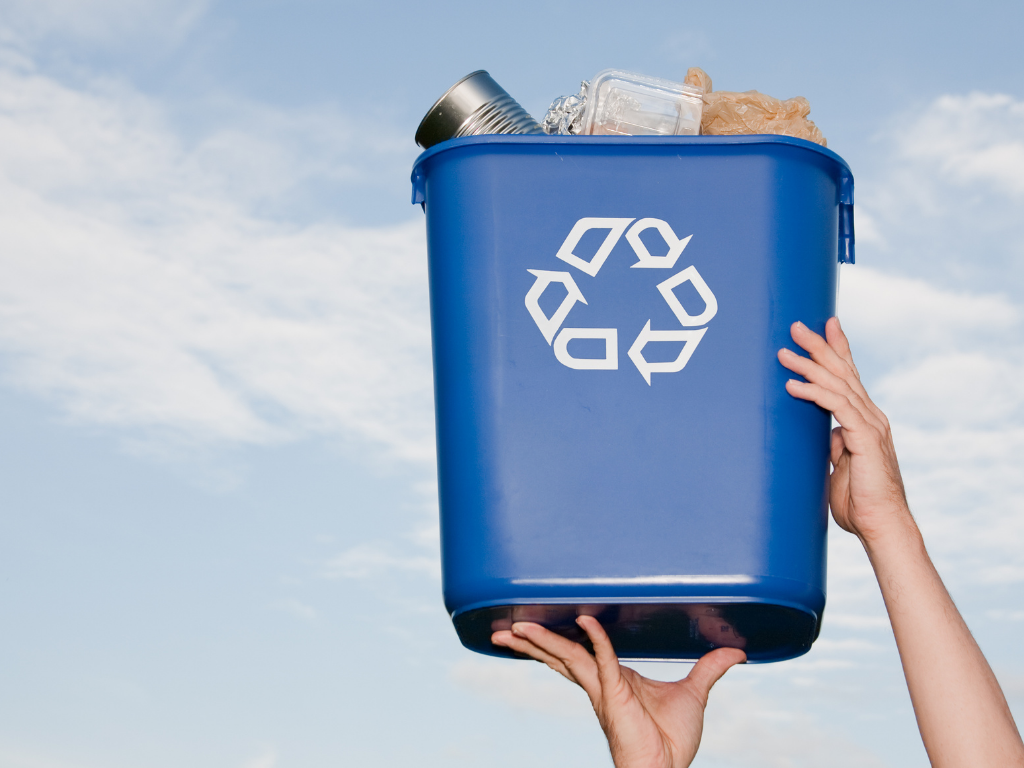Not all ‘cycling’ is created equal. While we might use terms like upcycling, recycling and downcycling interchangeably, in fact, each one is more – or less – effective at reusing items and their materials.
In order of decreasing effectiveness are upcycling, recycling, and downcycling. Here’s a quick definition and some common examples of each.
UPCYCLING
Basically, upcycling means transforming a discarded material into something of greater value by refurbishing or repurposing it.
Upcycling helps to create a circular economy, where materials are constantly reused and not wasted. Increasing awareness of the world’s collective waste makes upcycling a source of inspiration for creative people focused on keeping things out of landfills.
This could include anything from making wooden furniture from pallets, or crafting messenger bags from billboards, to turning plastic laundry detergent pouches into coin purses. Foods can be upcycled too. Spent grain from beer brewing can become the key ingredient in crackers, while grapeseed extract left over from winemaking is an excellent antioxidant in skincare formulations.
Upcycling examples are increasingly found in the fashion industry as an antidote to fast fashion. Like using deadstock – the fabric left over from overproduction or cancelled orders – to make new clothes. The term can also describe the small pieces left over from cutting the pattern. These scraps can be used to make hair scrunchies, swimwear, underwear or bags. The aim is to prevent this fabric going to landfill and give it new life as something beautiful and more valuable than it was as scraps.
Another common example of upcycling includes turning plastic bottles into carpet or activewear, which can in some cases be downcycled later into plastic fenceposts or park benches.
RECYCLING
Recycling remakes a material or item into something of roughly the same type and value as it was originally.
This usually means putting it back into the same lifecycle, so it becomes the same or a similar product again. Metals, including aluminium, and glass are materials that can be recycled many times without losing their integrity and quality. Glass recycling, for example, is a closed-loop system that turns glass back into glass. But not all materials can be recycled as seamlessly as glass, so in reality these may be ‘downcycled’ rather than recycled.
The ecostore Plastic Return Programme lets us recycle and remake our own plastic bottles here in New Zealand. This reduces the likelihood of contaminants as well as how far this packaging needs to travel to be recycled.
DOWNCYCLING
Downcycling means the process of breaking down materials to their base form to create new products of lesser value and quality.
Downcycling is the least desirable of the three ways to reuse materials, although it definitely has its place, putting materials to another use instead of sending them to landfill. One issue with recycling and downcycling is that there are often contaminants within materials, such as printed labels on packaging.
Many plastics can be recycled, although eventually this material loses integrity and needs some new material added to keep it strong and flexible enough to make it suitable for packaging.
How do you use creativity to extend the life of the materials you use? We’d love for you to share your ideas on our social channels.
